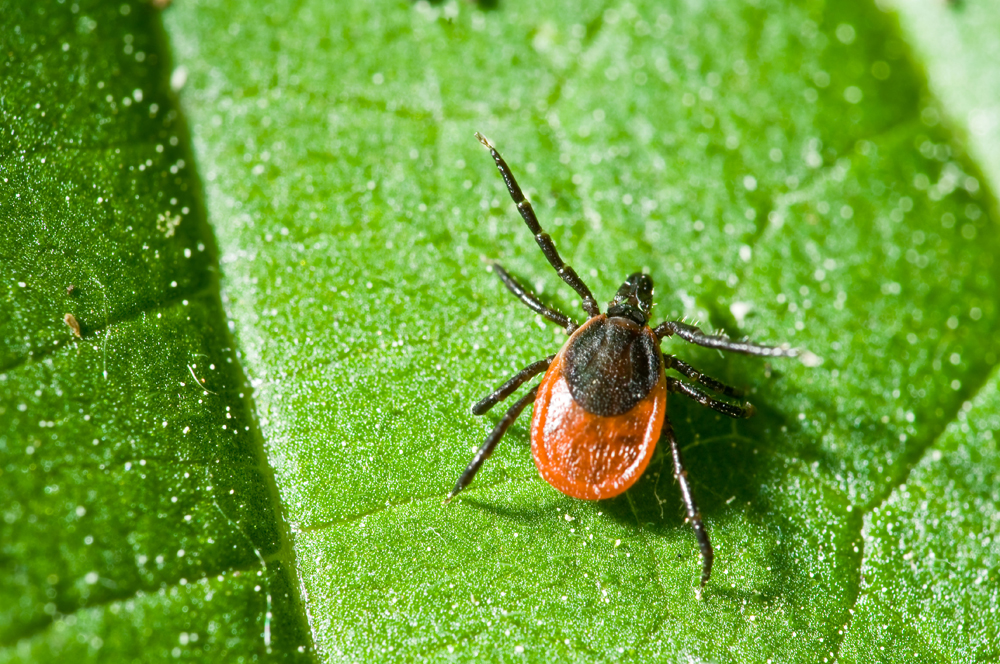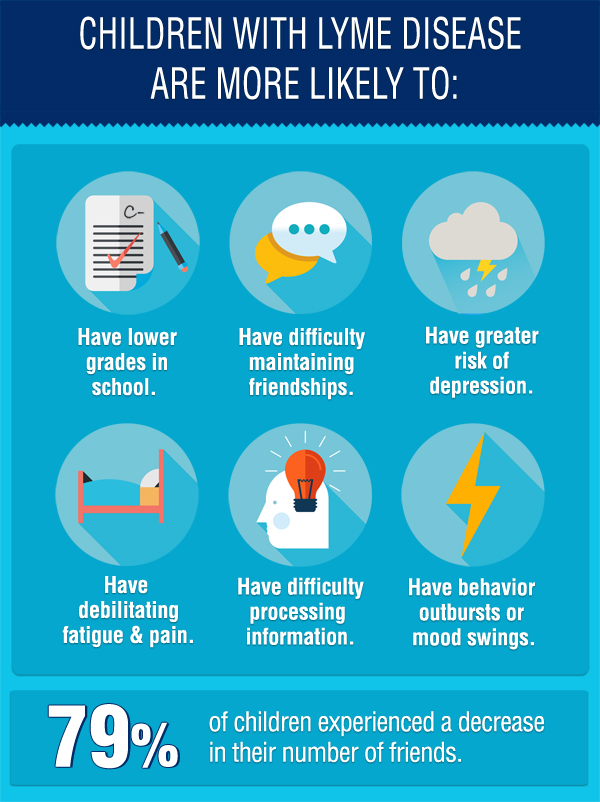-
Children ages 5 to 9 face the greatest risk of contracting Lyme disease, according to the CDC.
Lyme disease, also called Lyme borreliosis, is caused by the spiral-shaped bacterium Borrelia burgdorferi (Bb) and is transmitted to humans typically through the bite of an infected blacklegged tick. It is the most common tick-borne infectious disease in the country and has reached epidemic levels with 300,000 new cases reported each year. [1]
-

-
This figure, however, reflects only the cases diagnosed according to CDC criteria, and documented and reported by clinicians to their state health departments. For surveillance purposes, the criteria is fairly rigid and can miss many cases. In addition, physicians, under time constraints, may not complete and submit reports, and lastly, the disease is often misdiagnosed. For these reasons, experts believe the actual number of Lyme disease cases is much higher.
We know that routine surveillance only gives us part of the picture, and that the true number of illnesses is much greater.”
-
Children and adolescents make up 25% of all reported Lyme disease cases. [2] That means, at least 75,000 children are diagnosed with Lyme disease annually. 205 kids each day.
-
-
In fact, more children are diagnosed with Lyme disease each year than all combined cases of pediatric cancer, type 1 diabetes, cystic fibrosis, and epilepsy.
Lyme disease emerged into the forefront of medicine 40 years ago, when a group of children from Lyme, Connecticut, suddenly became ill with arthritis. Initially, they were diagnosed with juvenile rheumatoid arthritis (JRA), but were later found to be infected with Borrelia burgdorferi.
Today, four decades later, children are still getting sick and in far greater numbers. And while pediatric fatalities from Lyme disease may be rare, the potential consequences of becoming infected should not be underestimated.
Lyme disease can cause serious damage. Children can experience prolonged illness and sometimes debilitating symptoms associated with the disease, even after standard treatment. The father of a child with Lyme disease points this out in an article published in the Huffington Post, entitled “Parenting a Sick Child Has Made Me a Chronic Worrier.”
-
The extent to which Lyme symptoms persist is unknown. Figures vary. The CDC estimates 10% to 20% of patients treated for Lyme disease with a two-to-four-week course of antibiotics continue to have symptoms lasting 6 months or more.
-
-
Meanwhile, other researchers believe the number of patients impacted by lingering symptoms is much higher. A study by Johns Hopkins University found more than 63% of adult participants reported having at least one Lyme-related symptom persist following treatment.
-
-
The study also found that 6 months after receiving treatment for early Lyme disease, subjects experienced the following: 45% had neurocognitive difficulties, 36% reported new-onset fatigue and 20% suffered from widespread pain.
-
Lyme Disease Conflicting Information
There is enormous confusion with mixed messages and conflicting information surrounding Lyme disease. How is it diagnosed? Are tests accurate? What’s the best treatment? Can it be cured?
The research and medical communities continue their decades-long debate over the potential severity of the disease, its prevalence, the existence of “chronic Lyme disease” and the best treatment options for patients.
But, as the debate rages on, thousands of children’s lives are changed every month with every Lyme diagnosis, as kids look to their parents and parents turn to physicians for answers in how to get their child better.
Dr Horowitz Lyme Disease and Chronic IllnessDr. Horowitz discusses Lyme disease.References
[1], [2] The Centers for Disease Control and Prevention (CDC)



